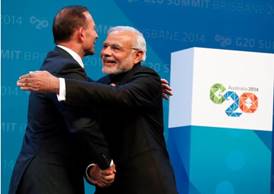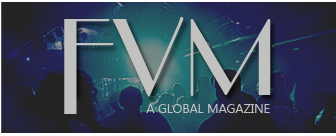Handshakes


If my father taught me one thing in the seventeen years I have been on this Earth, it is that the most important thing quality I can have is a firm handshake. Growing up, I took that to heart without question. It was the way it was. Dad’s business associates would always compliment my firm handshake, often accompanied by a remark about my father raising me well. Unless you are either severely arthritic or a germaphobe, you shake someone’s hand firmly and with good eye contact. It is an accepted value of society. Why? It is not like having a firm handshake by itself automatically qualifies someone for any position, except for maybe a Walmart Greeter, yet it is still considered a very important quality to have.
The origin of the handshake dates back thousands of years, back to the days of the Roman Republic. When noblemen and military officials would greet each other, they would shake each other’s forearms in a motion that looks like the beginning of the modern day business hug (pictured below). This served an actual purpose because the two officials would be checking for concealed weapons. It was not a perfect technique, as there were plenty of other places to possibly hide a dagger, as well as the fact that back in those days, if someone wanted you dead, many people would be conspiring with him (or her, plenty of women poisoned their husbands for personal gain). It was at the very least reassuring to check. This tradition carried through the days of the Roman Empire, into the medieval days. Shaking hands still served a purpose. Knights would check each other for the same reason the Romans did a thousand years earlier. They adapted the gesture to the modern handshake, except they used their secondary hand to briefly frisk the other party’s laterals.
As society becomes a little more diplomatic, we no longer need to screen potential business partners for swords or daggers, yet the handshake remains embedded in the fabric of society. It is not very hard to imagine what life would be like without handshakes. In fact, we have already invented many alternatives, should the handshake go out of style. First, we have the fistbump. Largely considered to be a cooler alternative, it is used widely among youth to show affection for one another. Another alternative is the high-five. While this peculiar gesture carries much more of a celebratory connotation, it is occasionally used as a greeting. I know I mentioned how germaphobes were an exception to those who participate in “the handshake.” They have developed their own alternative, the elbowbump. While not quite as fluid or cool as the fistbump, it does carry the advantage of reducing the number of germs transferred from peer to peer to an effective zero. While those three cover the majority of cases in which a handshake may be employed, there is still no suitable replacement for it in the business world. As such, I would like to create my own. From henceforth, when two people are formally greeting each other, they shall put their hands on the other person’s hips and pat up and down his leg to ensure that they are not secretly carrying any firearms. This way, the initial integrity of the handshake stays intact, however it is now applicable to the biggest threat facing contemporary businesspeople: office shootouts. Now the tradition will keep up with the technology.
1. Elbowbumping individuals with highly infectious diseases may be unwise; do at your own risk. Bowing is an advisable alternative to mitigate potential exposure.

